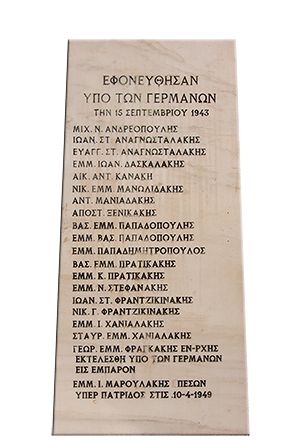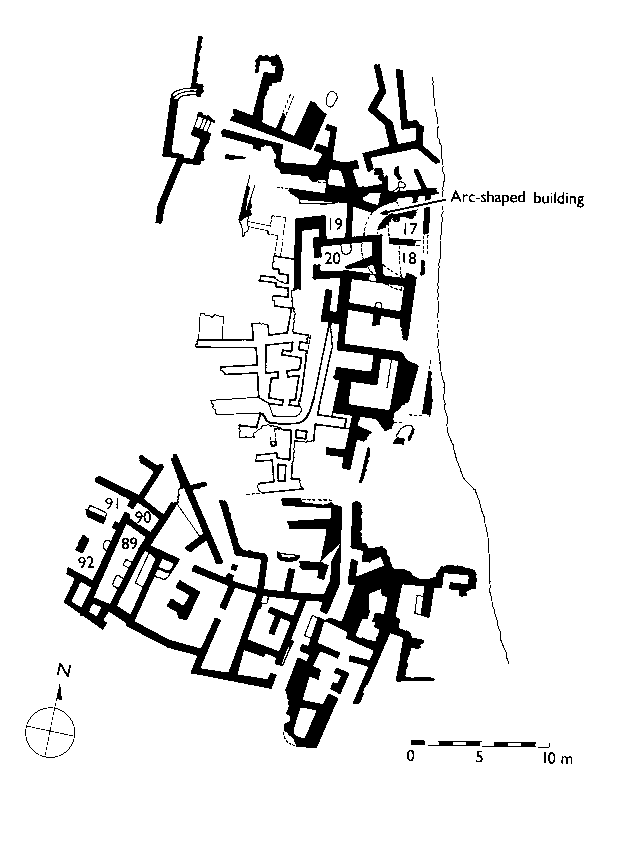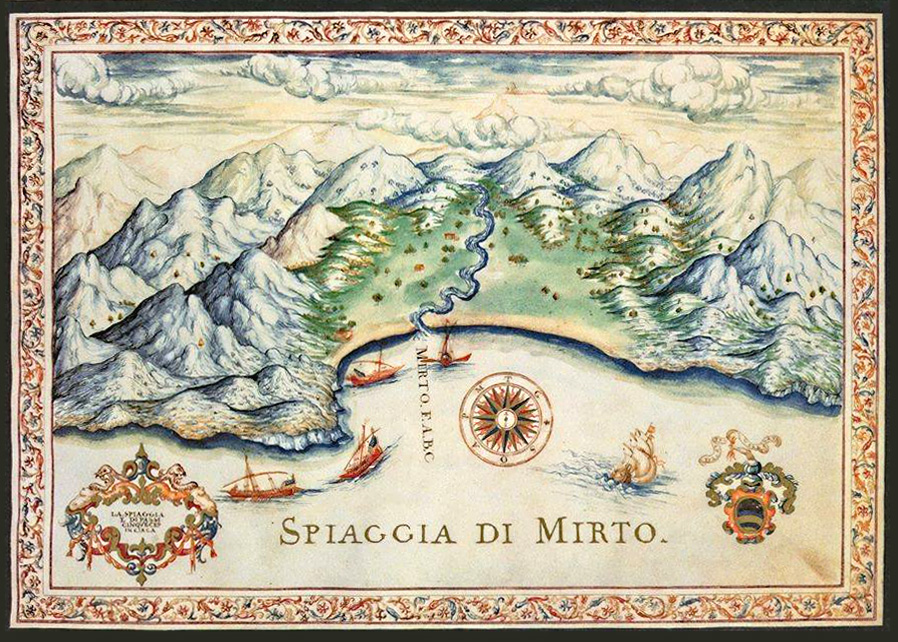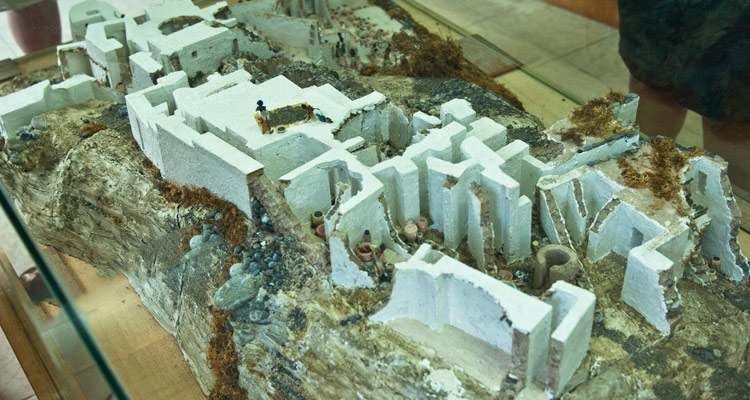
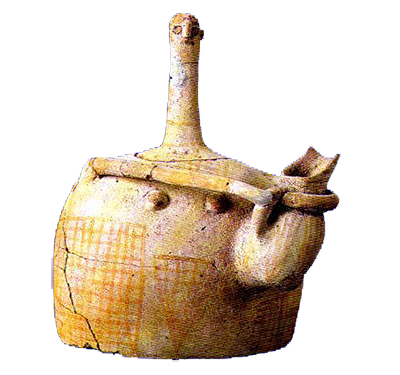
The Minoan Occupation of Mirtos
The Minoans were in the Mirtos area from the very beginning to the end of the Bronze Age palace periods.
People (who would later be called the Minoans) arrived in the Mirtos area before 3000 BC. They were farmers. They came with cows, sheep, pigs and goats. It was the Neolithic era and all their tools were made of stone. By 2800 BC there were two small settlements. One was on the hill known as Pyrgos, which is immediately above Mirtos village. The other is a kilometre to the East on a hill known as Fournou Korifi.
Around this time bronze was introduced to Crete. It came from the near East. Pyrgos and Fournou Korifi were now in the Minoan Bronze Age and had both stone and bronze tools.
Fournou Korifi
When Fournou Korifi was excavated the archaeologists found the following:
- Stone tools.
- Bronze tools.
- The people had grapes and made wine.
- Traces of olive oil indicated oil for 100 people.
- They made pottery.
- They were weavers and made clothes.
- The figure of a goddess made from pottery was found in one of the rooms.
- Evidence of trading with other communities at home and abroad.
After 400 years the settlement was destroyed by fire and all the people departed hurriedly leaving everything exactly where they had been using it. They never came back. Because of this Fournou Korifi is one of the very best examples of life at the very beginning of the Bronze Age. Its excavated remains can be found on Fournou Korifi one kilometre east from Mirtos. In the museum of Mirtos is a scale model of the Fournou Korifi site.
Pyrgos
The settlement at Pyrgos was not destroyed. It continued and grew through two palace periods, for the next 1350 years, at the end of which it had a large fine house containing much wealth, after the style of a palace. This was destroyed in 1450 BC along with the other palaces on the island. The eruption of the volcano ‘Thera’, on the island of Santorini, is thought by some to be the cause of the end of the palace Periods. The remains of the fine house can still be seen on Pyrgos hill above Mirtos Village.
© John Atkinson
Fournou Korfi
Pirgos
Turkish Period
Around 1647 the Ottoman Turks arrived at the area of Mirtos. They completely destroyed the village and killed all the people they found. During the whole period of the Turkish occupation the region of Mirtos remained uninhabited and the few survivors moved to neighbouring villages. It was finally around 1880 that people started to return to the area. Slowly trade had started again in Mirtos and some new warehouses and houses were built. The first returning residents of Mirtos were merchants. Later other people from the Agios Vasilios settlement and the surrounding villages, like Gdohia joined them. Slowly the village was transformed into a trade centre. All local products from inland (oil, carobs, coal, etc.) were taken to the existing harbour (karavostási), westerly in the bay at that time, in order to be shipped to Ierapetra. From there the goods were transported to domestic and foreign destinations. By 1896 eleven families had settled in Mirtos. In the census of 1920 Mirtos had a population of 237 and in 1940 of 397. Apart from trade, agriculture was the main source of income in Mirtos. The main products were oil, carobs and cereal. Only in 1917 was the first vine planted.
